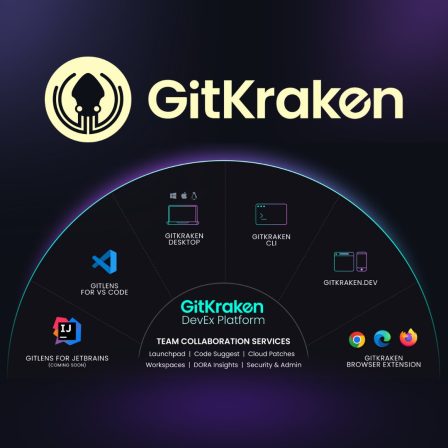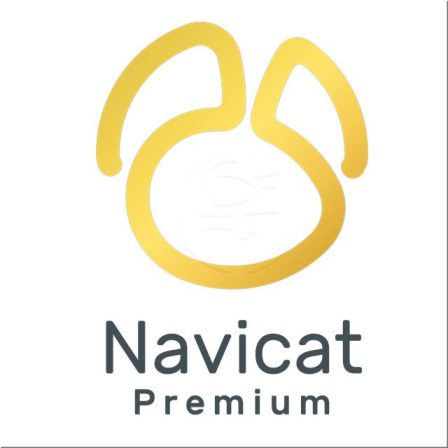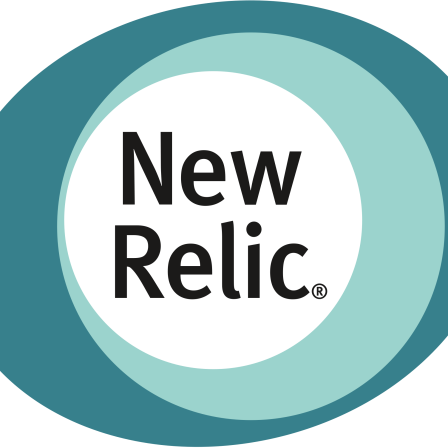There is no item in your cart

Paving the Golden Path: A Developer’s Guide to Internal Developer Platforms (IDPs)
Your developers are some of the smartest, most expensive resources in your company. So why are they spending half their day wrestling with YAML configurations, navigating complex cloud provider consoles, and trying to figure out how to deploy a simple service?
The answer is cognitive load. In a complex cloud-native environment, developers are expected to be experts in everything from frontend frameworks to Kubernetes security. This is unsustainable. The solution that modern, high-performing organizations are adopting is the Internal Developer Platform (IDP). An IDP is a curated set of tools and paved “golden paths” that allow developers to self-serve their needs without needing to be DevOps experts.
The Goal of an IDP: Paving a Golden Path
The core philosophy of an IDP is not to restrict developers, but to make the right way the easy way. It provides a well-supported, easy-to-use, default path for common tasks like creating a new microservice, provisioning a database, or deploying to a staging environment. Developers can still deviate from this path if needed, but the “golden path” is the path of least resistance, ensuring consistency, security, and reliability by default.
The Building Blocks of a Modern IDP
An IDP is not a single tool you buy; it’s an ecosystem you build by integrating best-in-class tools.
- A Service Catalog: A central place where developers can see all existing microservices and, with a few clicks, scaffold a new one from a pre-approved template. Open-source projects like Spotify’s Backstage are leaders in this space.
- Self-Service Infrastructure: Developers shouldn’t need to learn Terraform or cloud-specific APIs for everyday tasks. They should be able to get a new database, a testing environment, or other resources via the IDP’s simple interface.
- A Standardized CI/CD Pipeline: The IDP provides a secure, pre-configured CI/CD pipeline as a service. When a developer creates a new service, it’s automatically equipped with a pipeline (e.g., using [Travis CI]) that handles testing, security scanning (with tools like [Codecov] and [DeepScan]), and deployment.
- Built-in Observability: Every new service created via the IDP should automatically be instrumented with monitoring and logging. The IDP should provide easy, self-service access to dashboards in a platform like [New Relic] or [Datadog].
- Secure by Default: Secrets management should be built-in. The platform should automatically provision secrets for a new service in a tool like [Doppler], so developers never have to handle sensitive credentials manually.
Conclusion
An Internal Developer Platform is the ultimate expression of the “Developer Experience” philosophy. It’s about treating your internal platform as a product, with your developers as your customers. By reducing cognitive load and automating away complexity, an IDP frees up developers to do what they do best: solve business problems and ship great features. It is a strategic investment that pays massive dividends in developer velocity, reliability, security, and happiness.
Building a world-class Internal Developer Platform requires integrating world-class tools. From providing reliable application hosting with [Heroku] to offering out-of-the-box observability with [New Relic] and securing the entire workflow with [Doppler], SMONE provides the essential building blocks for your platform engineering team. Explore our collection and start paving your golden path to developer productivity.





























































